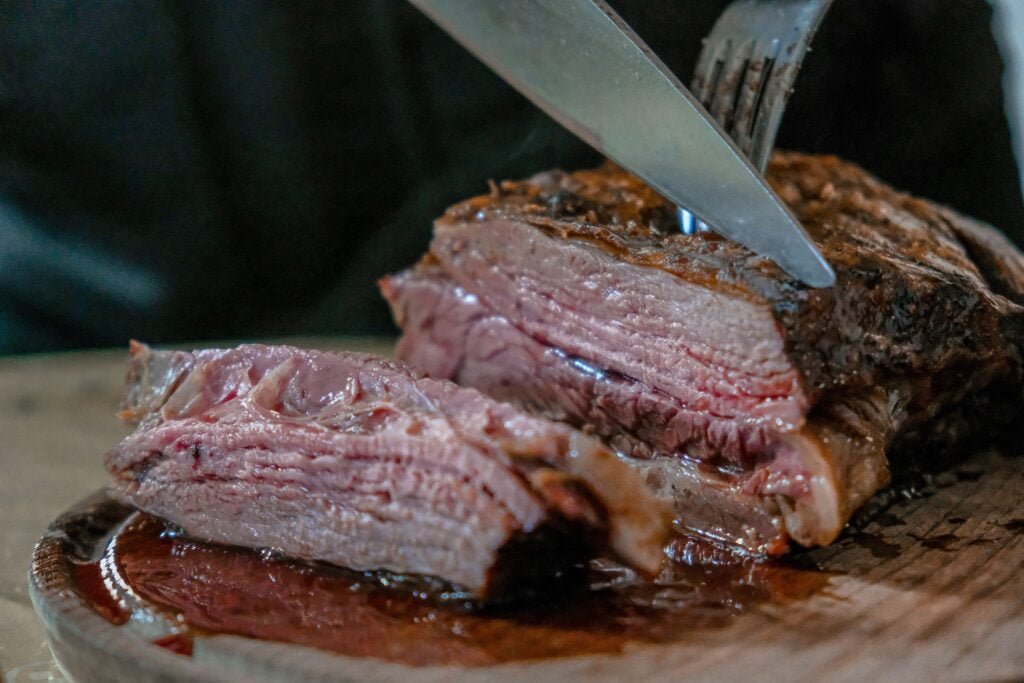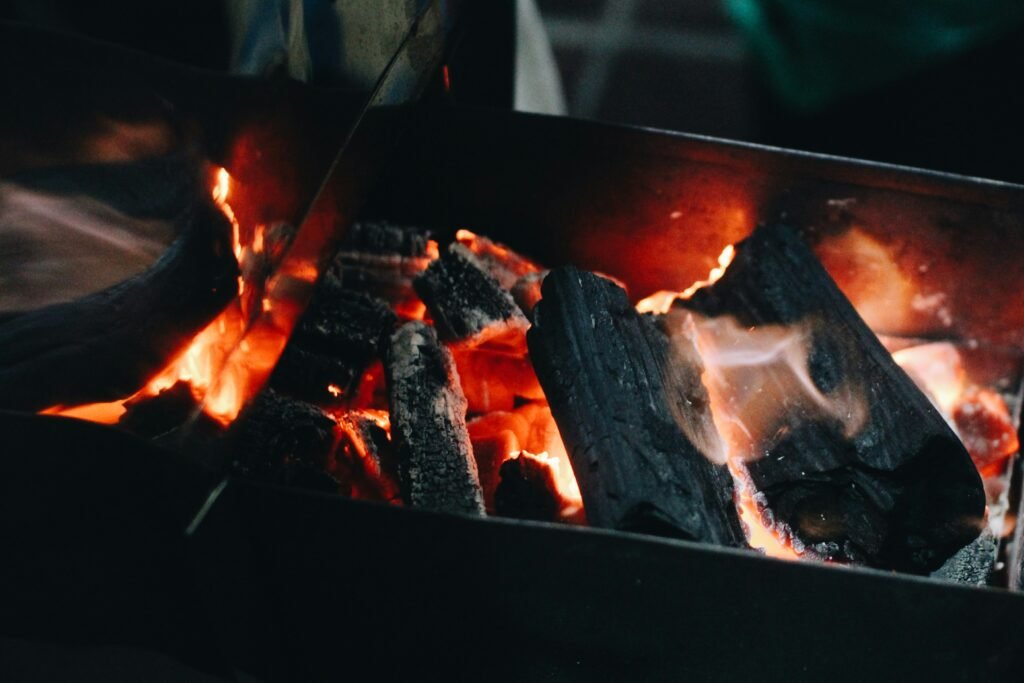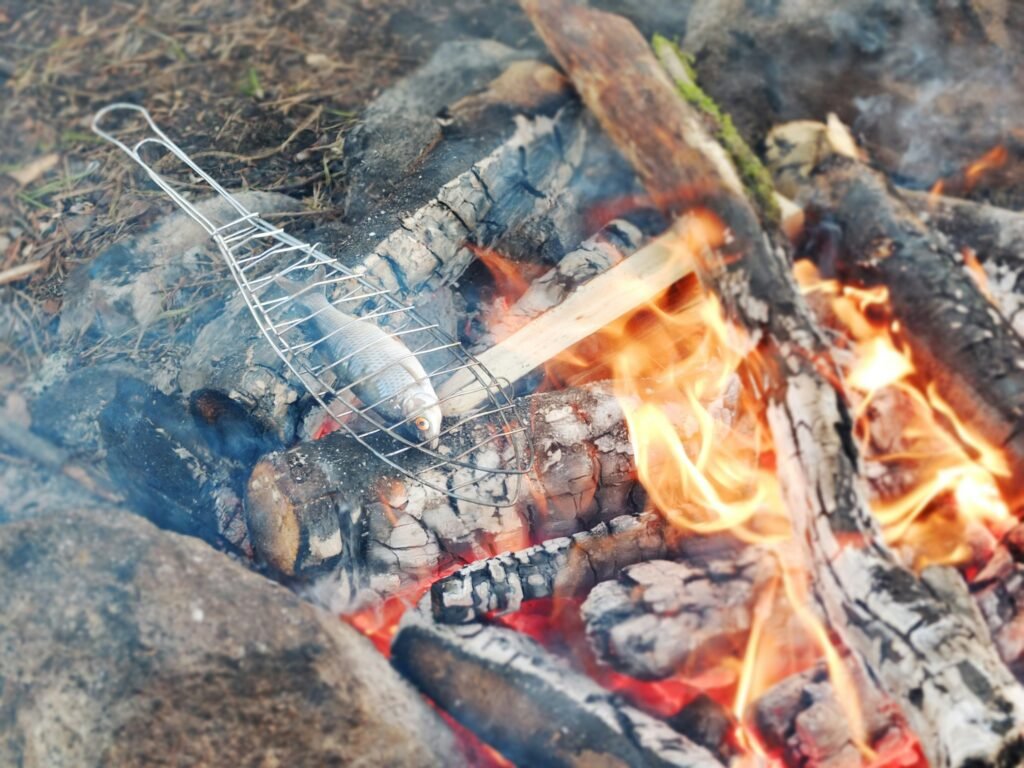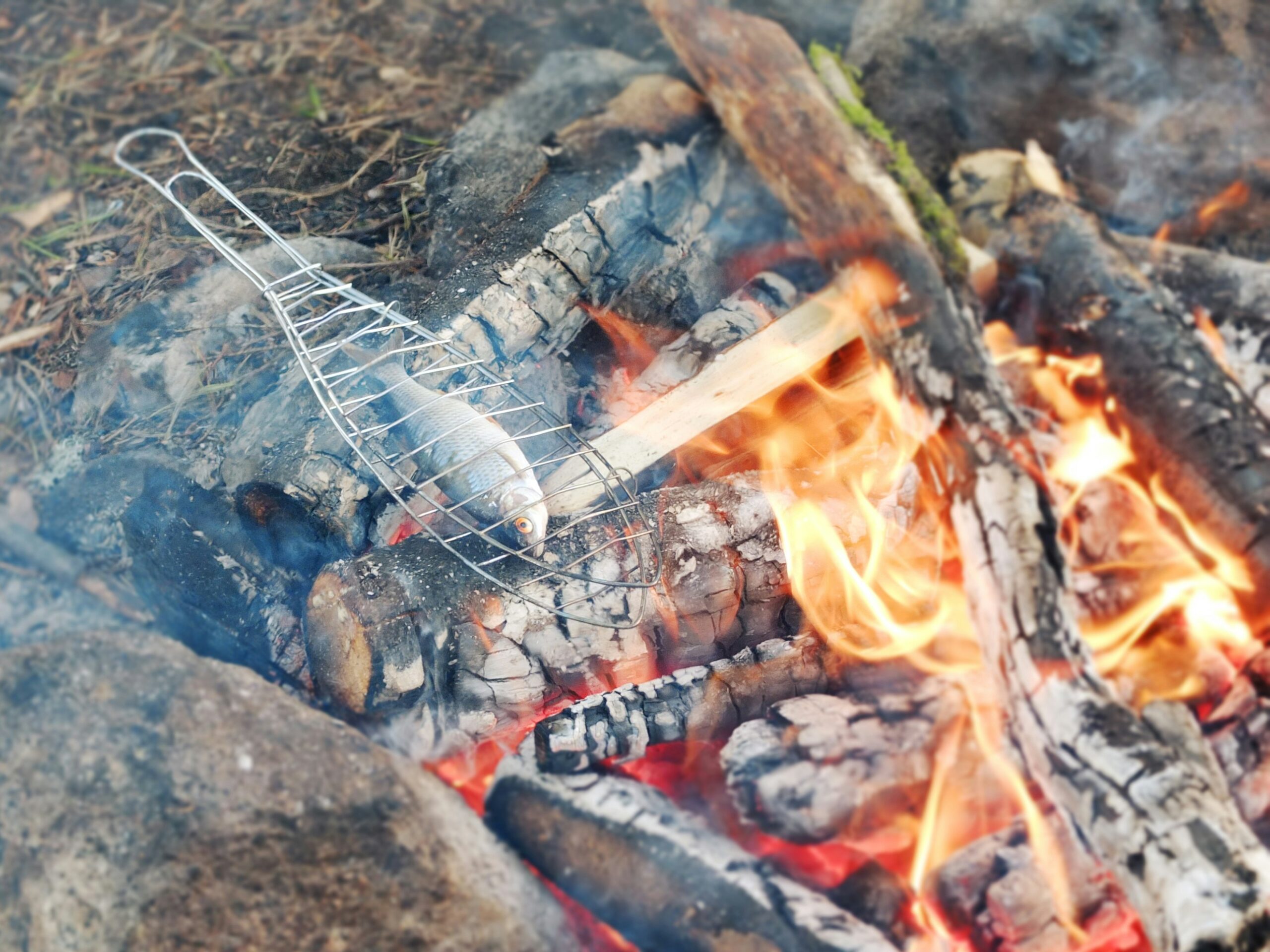Grilling is a favorite pastime for many, as the sizzling sounds and mouthwatering aromas fill the air. However, nothing can ruin a good barbecue quicker than pesky flare-ups. But fear not, because in this article, you will discover some helpful tips and tricks to keep those flames in check and ensure a hassle-free grilling experience. So get ready to take your grilling game to the next level and say goodbye to those unexpected bursts of fire that threaten to sabotage your perfectly cooked meal.
Understanding Grill Flare-Ups
What is a grill flare-up?
A grill flare-up occurs when the fat or juices from the food being cooked on the grill drip onto the heat source and ignite, causing a sudden burst of flames. This can lead to uneven cooking, charring, and even food being burned.
What causes grill flare-ups?
Grill flare-ups are primarily caused by the fat content in the meat. As the fat melts and drips onto the hot coals or gas burners, it ignites immediately, resulting in flare-ups. Additionally, marinades or sauces that contain sugary or oily ingredients can also contribute to flare-ups.
Why are grill flare-ups dangerous?
Grill flare-ups can be dangerous for several reasons. Firstly, they can cause burns if you’re not careful and standing too close to the grill when it happens. Secondly, flare-ups can char the food and ruin the taste and texture. Lastly, the excess flames can lead to uncontrolled fires, posing a risk to your property and safety.
Choosing the Right Fuel
Types of grilling fuels
When it comes to choosing the right fuel for your grill, you have several options. Charcoal, natural gas, and propane are the most common types of grilling fuels. Each fuel has its own benefits and drawbacks, and understanding them can help you make an informed decision.
Benefits and drawbacks of charcoal
Charcoal is a popular choice for grilling because it imparts a distinct smoky flavor to the food. It also allows for high cooking temperatures and provides a longer cooking time. However, charcoal can be more challenging to ignite and requires more time for the grill to reach the desired heat. It can also produce more ash and require more cleanup.
How natural gas and propane can affect grill flare-ups
Grilling with natural gas or propane can help reduce flare-ups compared to charcoal. These fuels burn cleaner and produce fewer flames. Additionally, they offer more precise temperature control, making it easier to cook your food evenly. However, it’s crucial to ensure that the grill is properly maintained and the gas connections are secure to avoid any potential risks.

Selecting and Preparing the Meat
How the fat content in meat contributes to flare-ups
The fat content in meat plays a significant role in causing flare-ups. As the fat melts during cooking, it drips onto the heat source, potentially igniting and causing flames. Meats with higher fat content, such as ribeye steaks or marbled cuts, are more susceptible to flare-ups.
Why trimming excess fat from meat can help prevent flare-ups
Trimming excess fat from meat before grilling can significantly reduce the chances of flare-ups. By removing the excess fat, you limit the amount of grease and drippings that can ignite on the heat source. It’s essential to leave a thin layer of fat to add flavor and juiciness to the meat, but excess fat should be trimmed to avoid flare-ups.
How marinating meat can reduce flare-ups
Marinating meat before grilling not only enhances flavor but also helps reduce flare-ups. Acidic ingredients like lemon juice or vinegar in marinades can break down the proteins in the meat, making it less likely to produce flare-ups. Additionally, marinating meat can create a barrier between the heat source and the meat, minimizing direct contact.
Utilizing the Two-Zone Grilling Method
Explanation of Two-Zone grilling method
The Two-Zone grilling method involves creating two separate temperature zones on your grill – one direct heat zone for searing and one indirect heat zone for slower cooking. This method provides more control over the cooking process and reduces the risk of flare-ups.
How the Two-Zone method can reduce flare-ups
By having a designated indirect heat zone in the Two-Zone grilling method, you can move the food away from the direct heat source when flare-ups occur. This allows the flames to die down and minimizes the chances of the food being engulfed in excessive flames.
Steps to setting up a Two-Zone grill
To set up a Two-Zone grill, start by lighting your charcoal or preheating your gas grill. Once the coals are hot or the grill is preheated, arrange the hot coals on one side of the grill or turn on the burners on one side to create the direct heat zone. Leave the other side of the grill without any heat, creating the indirect heat zone. Place the food over the direct heat for searing and move it to the indirect heat side if flare-ups occur.

Implementing Indirect Grilling
What is indirect grilling?
Indirect grilling is a technique where the food is cooked away from the heat source, relying on the surrounding hot air to cook it slowly and evenly. It’s an excellent method for larger pieces of meat or delicate foods that require a more gentle cooking process.
How it reduces the lift-off of flares
Indirect grilling reduces the lift-off of flares by keeping the food away from the direct heat source. Since the fat and juices from the food aren’t dripping directly onto the heat source, the chances of flare-ups are significantly reduced. This allows for more controlled and even cooking without the risk of charring or burning.
When to employ indirect grilling
Indirect grilling is particularly useful when cooking thicker cuts of meat, whole chickens, or foods that require longer cooking times. It’s also a great technique for delicate foods, such as fish or vegetables, that can easily fall apart or dry out when exposed to direct heat. By employing indirect grilling, you ensure that the food is cooked thoroughly and evenly without the danger of flare-ups.
Preheating the Grill Properly
The importance of preheating
Preheating the grill is a crucial step in achieving optimal cooking results and preventing flare-ups. It allows the grill grates to heat evenly, ensuring even cooking and preventing food from sticking. Preheating also helps eliminate any residual grease or food particles from the previous cook, reducing the risk of flare-ups.
The right temperature for preheating
The ideal preheating temperature for most grills is around 400 to 450 degrees Fahrenheit (204 to 232 degrees Celsius). This temperature allows the grill grates to reach a point where they are hot enough to sear the food properly and create beautiful grill marks.
How preheating prevents flare-ups
Preheating the grill helps prevent flare-ups by burning off any remaining grease or food particles on the grates. This eliminates the fuel source for flare-ups, reducing the likelihood of sudden bursts of flames during cooking. Additionally, preheating ensures that the food cooks more evenly and avoids sticking, resulting in a better grilling experience overall.

Proactive Grill Cleaning
Why cleaning the grill before cooking helps reduce flare-ups
Cleaning the grill before cooking is essential for reducing flare-ups. By removing any grease, food debris, or excessive ash, you eliminate the potential fuel sources for flare-ups. A clean grill also allows for better heat distribution, preventing hot spots and uneven cooking.
Tips for effective grill cleaning
To effectively clean your grill, start by preheating it for about 10-15 minutes. Once it’s hot, use a grill brush to scrub the grates thoroughly, removing any remaining food particles or debris. For stubborn residue, you can use a mixture of baking soda and warm water. Finally, wipe down the exterior surfaces of the grill with a damp cloth or sponge.
How often should you clean the grill
Regular grill cleaning is essential to maintain optimal performance and prevent flare-ups. It’s recommended to clean your grill thoroughly before or after each use. Additionally, a deep cleaning should be done at least once every few months to remove any stubborn grease buildup and ensure the longevity of your grill.
Effective Use of Grill Lid
How the grill lid affects temperatures
The grill lid plays a crucial role in maintaining consistent cooking temperatures. By using the grill lid, you create a convection effect inside the grill, circulating the hot air and evenly cooking the food. The lid also helps retain heat, allowing for faster and more efficient cooking.
When to close and open the grill lid
Generally, you should keep the grill lid closed during the cooking process to maintain a consistent temperature and prevent flare-ups. However, there are exceptions. When searing food or using the direct heat zone, it’s recommended to keep the lid open to avoid excessive smoke buildup. Additionally, if you’re using the Two-Zone grilling method and need to move the food between the direct and indirect heat zones, it’s better to open the lid briefly for a quick transfer.
How using the grill lid can control flare-ups
Using the grill lid can help control flare-ups by reducing the oxygen supply to the flames. By closing the lid, you limit the airflow, causing the flames to die down and reducing the risk of flare-ups. It’s important to monitor the food carefully and adjust the lid accordingly to prevent overcooking or drying out.
Keeping a Spray Bottle Handy
Why a spray bottle is important for grilling
A spray bottle is an essential tool to have while grilling, especially when it comes to preventing and controlling flare-ups. It provides an instant and convenient way to douse any flare-ups that may occur during cooking, ensuring the flames are quickly extinguished and the food is saved.
When and how to use a spray bottle during grilling
It’s best to have a spray bottle filled with water handy at all times when grilling. If a flare-up occurs, simply spray a fine mist of water onto the flames to extinguish them. It’s important to remember to use a mist and not a direct stream of water, as this can create steam and cause potential burns.
How a spray bottle can help suppress flare-ups
A spray bottle can help suppress flare-ups by reducing the intensity of the flames and preventing them from spreading. By quickly reacting to flare-ups with a mist of water, you can control the situation and minimize the damage to your food. Additionally, keeping a spray bottle nearby can provide peace of mind and make grilling a safer and more enjoyable experience.
Monitoring the Grill Constantly
Why it’s essential to stay with the grill while cooking
It’s crucial to stay with the grill while cooking to ensure that flare-ups or other potential issues are addressed immediately. By keeping a close eye on the food and the grill, you can prevent flare-ups from getting out of control and ensure that the food is cooked to perfection.
How constant watch prevents sudden flare-ups
Constantly monitoring the grill allows you to identify and address any potential flare-ups or signs of excessive flames. By catching flare-ups early on, you can quickly react and take appropriate measures to suppress the flames, such as using a spray bottle or moving the food to a safer zone. This prevents the flare-ups from escalating and causing significant damage to the food or the grill.
Steps for safely putting out grill flare-ups
If a flare-up occurs, the first step is to resist the urge to panic. Assess the situation and determine the severity of the flare-up. If it’s a small flame, you can try using a long-handled spatula or tongs to move the food away from the flames. If the flare-up is more significant, close the grill lid to limit the oxygen supply and extinguish the flames naturally. If necessary, use a spray bottle or a fire extinguisher with caution. Remember to prioritize safety and never put yourself at risk while dealing with flare-ups.

